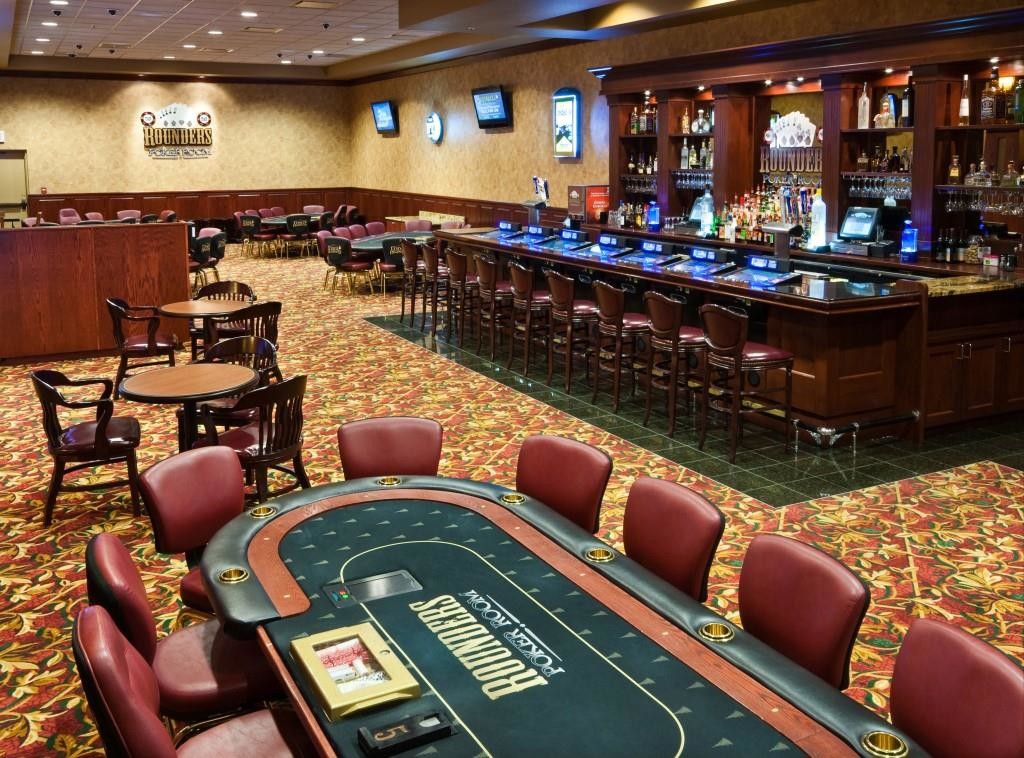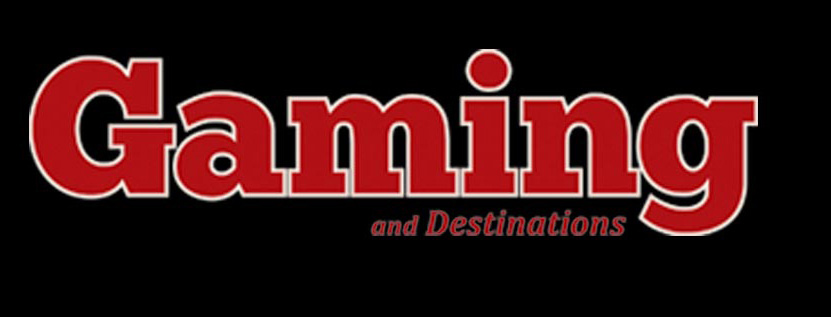
Here is a big news flash that will catapult you immediately from an intermediate player to an expert if you are not there already. The most important skill any player can develop at the poker table is the ability to read other players’ personalities, betting patterns, and, ultimately, their cards.
It is a euphoric feeling for the beginner when she realizes that although each player is dealt two personal, private cards, it is sometimes possible to know with near certainty what someone’s two hidden cards are. It’s almost as though you can see through both the cards and into a player’s brain to gather the information you need to make a good call, a good fold, or a great bluff. To be effective in reading cards, one must watch patterns. Is he aggressive, raising at every opportunity, or is he quietly calling? Such information will reveal the cards to you just as surely as if he were playing with his hand face up.
Putting Players on Hands
Get in the habit of trying to put other players on specific hands from the moment you sit down. If players have to show their hands on the river, be sure to note whether or not you made a correct assessment. As soon as someone raises and the next person calls, you need to decide if the raiser is tight or loose and whether the caller has a big hand or is making a bad call. At that moment alone, who is winning? Do you think the caller knows the gap concept? Keep your initial assessments in mind when the flop comes and you are deciding whether each player is strong, weak, or bluffable. Will they beat the aggressor if they call?
Even if subsequent actions provide strong evidence to the contrary, many beginning players judge an opponent on a hand without ever revising their initial assessment. “You had K-Q of spades,” a showoff wannabe pro tells his opponent. Usually it’s tough or impossible to be that specific. Putting a player on a range of hands usually makes more sense.
In that instance, a better assessment might be putting him on a range of hands like A-K, A-Q, K-Q, A-J, or a big pocket pair. But as he checked on the flop, when an ace fell, I knew he either had a pair smaller than aces or two high cards that did not contain an ace. He also might have flopped a set of aces and was slow-playing to set up a check-raise on a subsequent betting round. Since the odds made it far more likely that he had something other than a set of aces, I discounted that hand and acted accordingly.”
That said, I once astounded a table of players in a tournament at the Borgata. Whenever he sees me, the dealer, William, still tells everybody who will listen how I made such a great read that I must be an alien from another planet. Here is how it went: The play limped around to the big blind, who wore his glee on his sleeve when no one raised. His demeanor screamed, “Wow, I am really getting to see the flop for free with this horrible hand! I check!” Then the flop was Q-J-5 rainbow (three different suits), and he had to act first. He was suddenly extremely interested in the hand! He thought a little and then lead out with a bet of 50 tournament dollars. I said, “I know you have Q-5 offsuit, and I wouldn’t call your bet of one dollar!” I instantly folded, and, stunned, he turned up Q-5 offsuit to show me that I had been correct.
So how did I know? Obviously, he didn’t have J-Q, because that is not a hand with which he would have exhibited elation about seeing the flop for free. I’d come to the same deduction with a big blind hand like J-J, Q-Q, or 5-5. My second choice was J-5, but I went with my first choice of horrible possibilities. Voilà! Q-5 offsuit! Anyone who gave it any thought and paid attention could have made the same deduction. But don’t tell that to William. He still thinks I’m the best card reader who ever lived
By: Sheree Bykofsky
Author Bio: Sheree Bykofsky is a professional poker player who placed first in the World Series of Poker Ladies Circuit Event outlasting over 400 players.This is an excerpt from her latest book The Kaizen of Poker (ECW Press, © 2018 by Sheree Bykofsky. All rights reserved.) and can be found on Amazon, BarnesandNoble.com and bookstores around the country.
